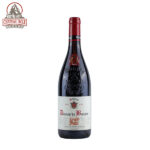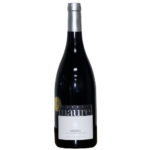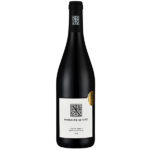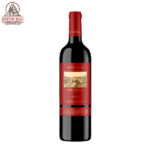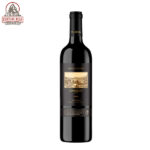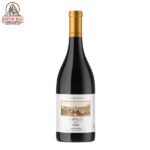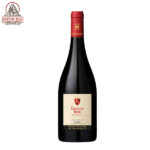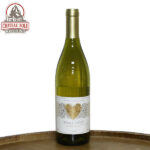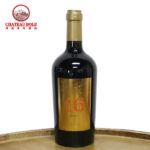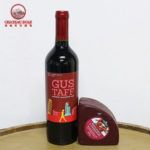Grenache Noir
Grenache or Garnacha is one of the most widely planted red wine grape varieties in the world. It ripens late, so it needs hot, dry conditions such as those found in Spain, where the grape most likely originated.
To learn more about this grape – read on. To find wines made with this grape, scroll down to the bottom.
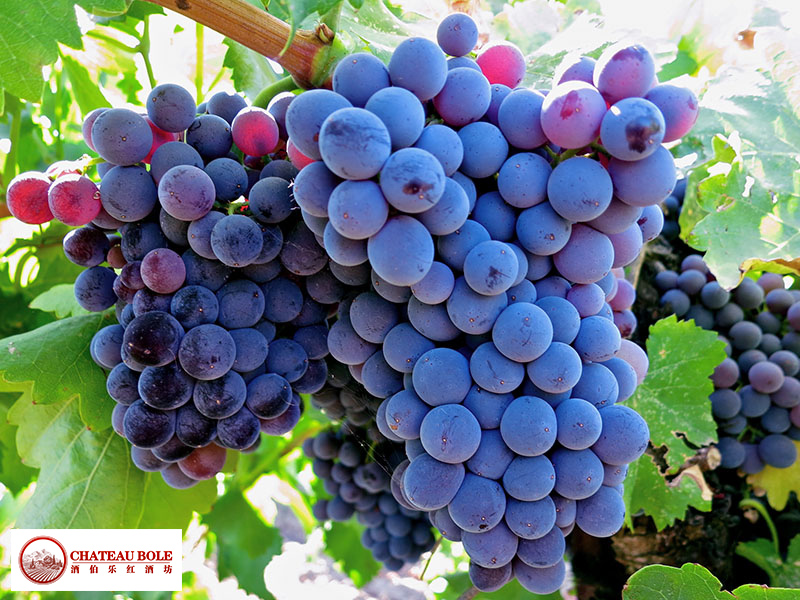
It is also grown in the Italian isle of Sardinia, the south of France, Australia, and California’s San Joaquin Valley.
It is generally spicy, berry-flavored and soft on the palate and produces wine with a relatively high alcohol content, but it needs careful control of yields for best results. Characteristic flavor profiles on Grenache include red fruit flavors (raspberry and strawberry) with a subtle, white pepper spice note.
Grenache wines are highly prone to oxidation with even young examples having the potential to show browning (or “bricking”) coloration that can be noticed around the rim when evaluating the wine at an angle in the glass.
As Grenache ages the wines tend to take on more leather and tar flavors. Wines made from Grenache tend to lack acid, tannin and color, and it is often blended with other varieties such as Syrah, Carignan, Tempranillo, and Cinsaut.
Grenache is often used as a blending component, adding body and sweet fruitiness to a wine. The grape can be troublesome for the winemaker due to tendency to oxidize easily and lose colour. To compensate for the grape’s naturally low tannins and phenolic compounds, some producers will use excessively harsh pressing and hot fermentation with stems to extract the maximal amount of color and phenols from the skins. This can backfire to produce green, herbaceous flavors and coarse, astringent wine lacking the grape’s characteristic vibrant fruitiness.
To maintain those character traits, Grenache responds best to a long, slow fermentation at cooler temperatures followed by a maceration period. To curb against oxidation, the wine should be racked as little as possible. The use of new oak barrels can help with retaining color and preventing oxidation but too much oak influence can cover up the fruitiness of Grenache.
The high levels of sugars and lack of harsh tannins, makes Grenache well adapted to the production of fortified wines, such as the vin doux naturels (VDN) of the Roussillon region and the “port-style” wines of Australia. In these wines, the must ferments for three days before grape spirit is added to the must to halt the fermentation and the conversion of sugar into alcohol. The high alcoholic proof grape spirit brings the finished wine up to 15–16% alcohol.
These wines can be made in a rancio style by being left outside in glass demi-johns (or carboys) or wooden barrels where the wine bakes in the sun for several years until it develops a maderized character and flavors of sour raisins, nuts and cheese. These fortified VDNs and port-style wines have longevity and can be drinkable well into their third decade.
Though Grenache is most often encountered in blended wines (such as the Rhone wines or GSM blends), varietal examples of Grenache do exist. As a blending component, Grenache is valued for the added body and fruitiness that it brings without added tannins. As a varietal, the grape’s naturally low concentration of phenolics contribute to its pale color and lack of extract but viticultural practices and low yields can increase the concentrations of phenolic compounds.
Grenache-based wines tend to be made for early consumption with its propensity for oxidation make it a poor candidate for long-term aging. However, producers (such as some examples from Châteauneuf-du-Pape and Priorat) who use low yields grown on poor soils can produce dense, concentrated wines that can benefit from cellaring.
The characteristic notes of Grenache are berry fruit such as raspberries and strawberries. When yields are kept in check, Grenache-based wines can develop complex and intense notes of blackcurrants, black cherries, black olives, coffee, gingerbread, honey, leather, black pepper, tar, spices, and roasted nuts.
When yields are increased, more overtly earthy and herbal notes emerge that tend to quickly fade on the palate. The very low-yielding old vines of Priorat can impart dark black fruits and notes of figs and tar with many traits similar to the Italian wine Amarone. Rosado or rosé Grenaches are often characterized by their strawberry and cream notes while fortified vin doux nautrels and Australian “port style” wines exhibits coffee and nutty tawny-like notes.
Grenache is known under a variety of synonyms across the globe. These include-Abundante, Aleante, Aleantedi Rivalto, Aleante Poggiarelli, Alicant Blau, Alicante, Alicante Grenache, Aragones, Bois Jaune, Cannonaddu, Cannonadu Nieddu, Cannonau, Cannonau Selvaggio, Canonazo, Carignane rosso, Elegante, Francese, Gamay del Trasimeno, Gamay Perugino, Garnaccho negro, Garnacha Comun, Garnacha negra, Garnacha Roja, Garnacha tinta, Garnatxa negra, Garnatxa Pais, Gironet, Granaccia, Granaxa, Grenache noir, Grenache rouge, Kek Grenache, Lladoner, Mencida, Navaro, Navarra, Navarre de la Dordogne, Navarro, Negru Calvese, Ranconnat, Red Grenache, Redondal, Retagliadu Nieddu, Rivesaltes, Roussillon Tinto, Roussillon, Rouvaillard, Sans Pareil, Santa Maria de Alcantara, Tentillo, Tintella, Tintilla, Tinto Menudo, Tinto Navalcarnero, Tai rosso, Toledana, Uva di Spagna and Vernatxa
Showing all 9 results

